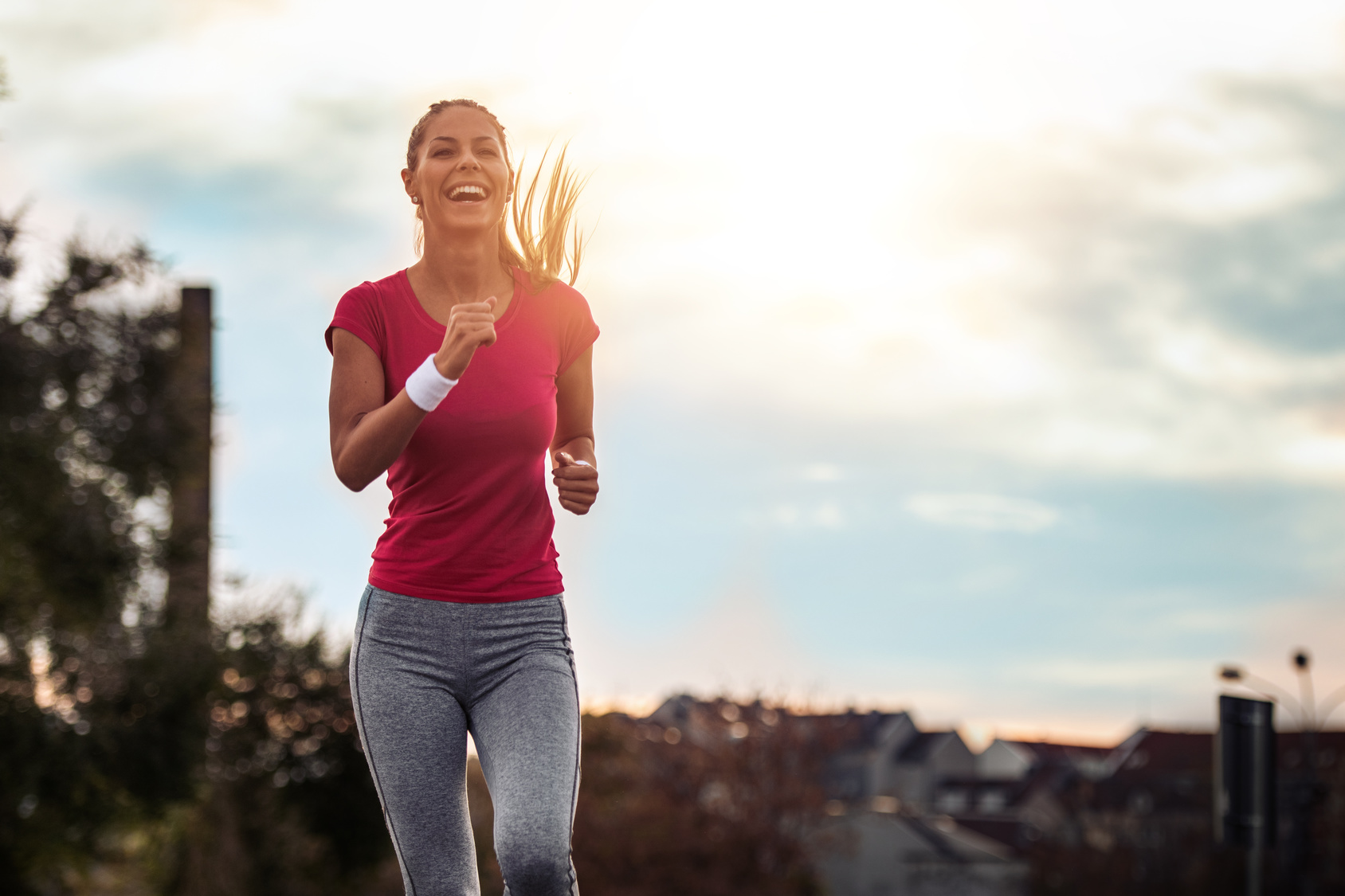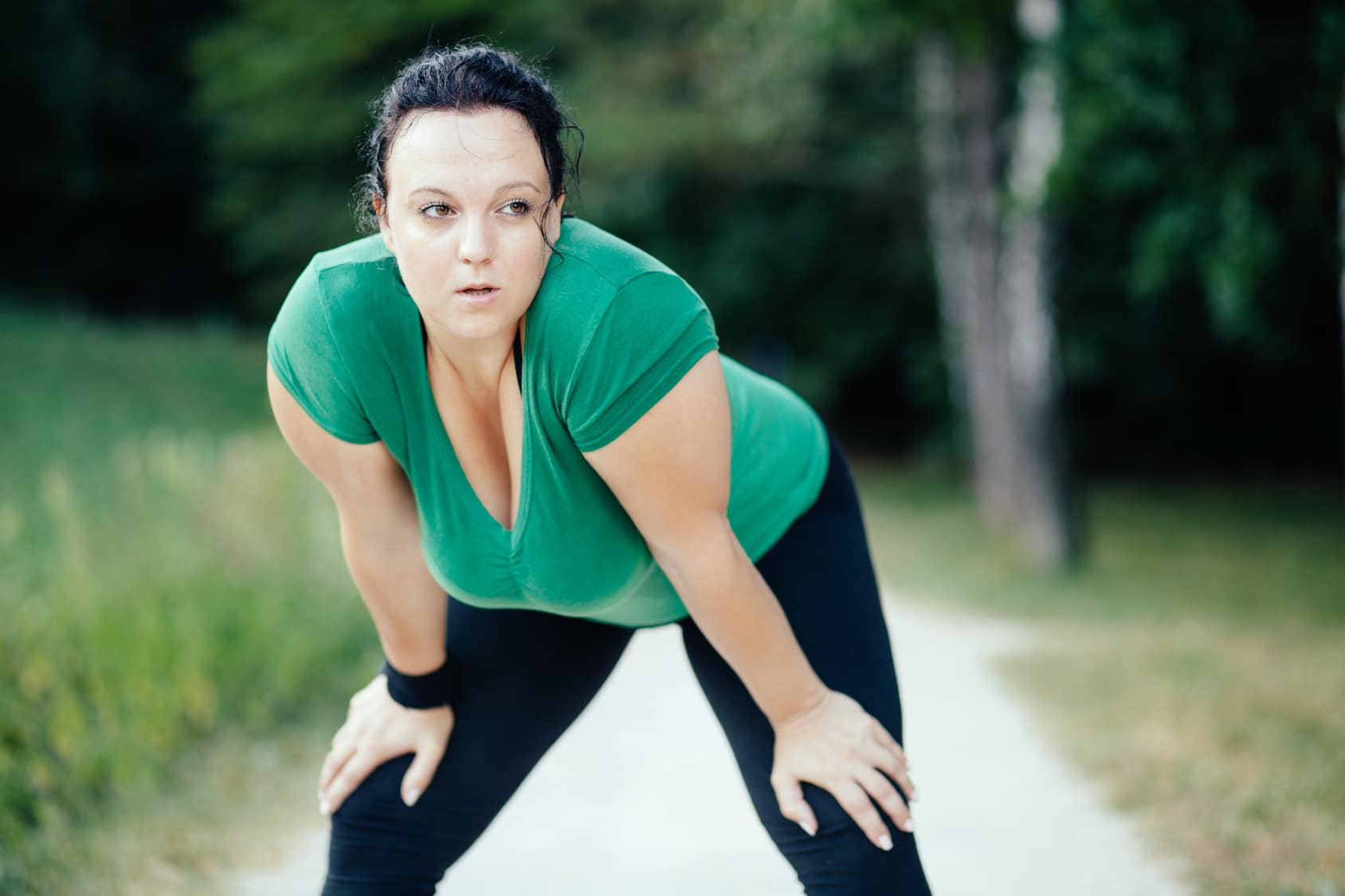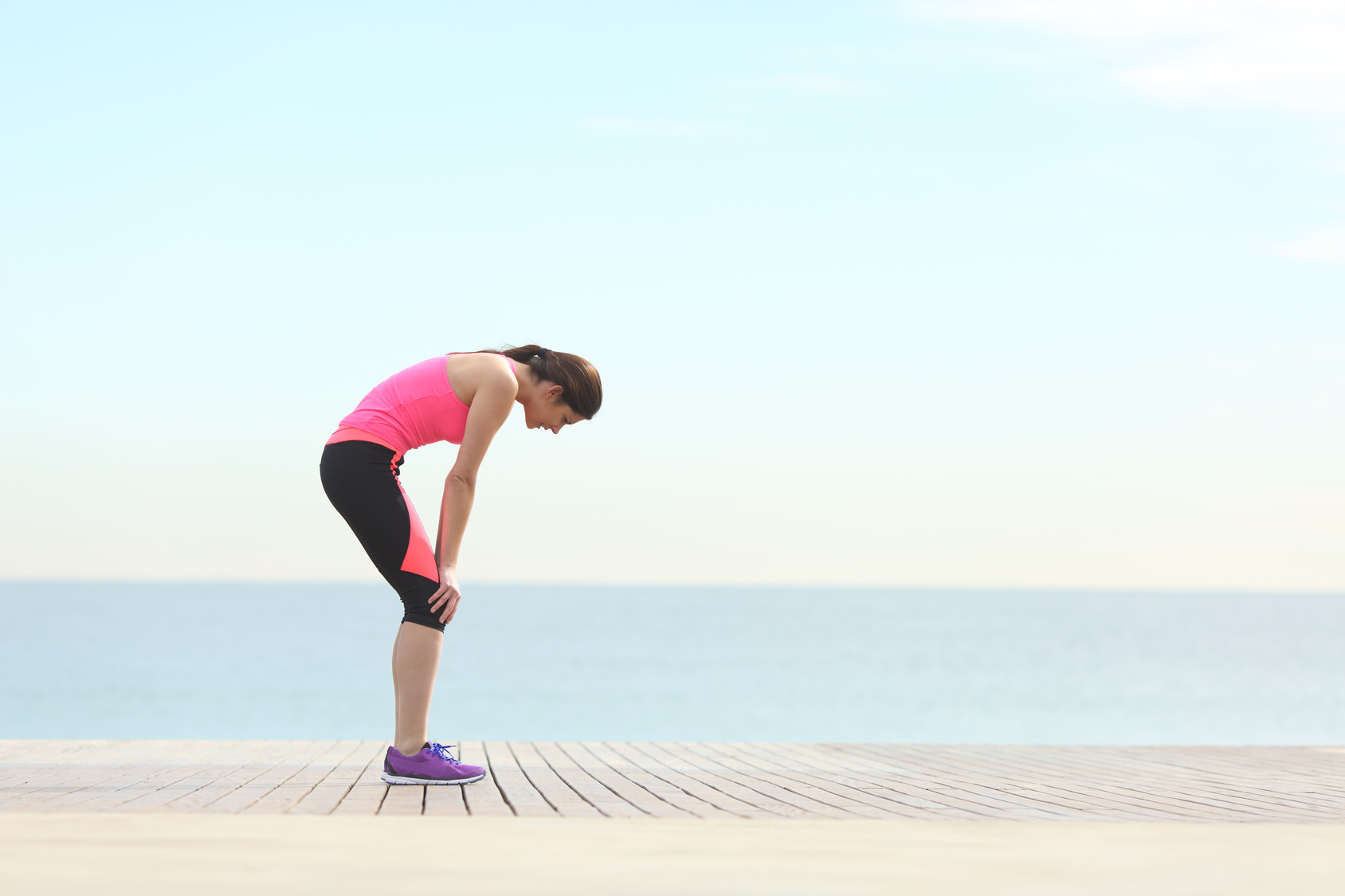Have you ever experienced that annoying pain in your butt while out for a run? Well, chances are you might be dealing with piriformis syndrome to some extent. Don’t worry, you’re not alone! This condition is surprisingly common among runners, regardless of their training experience or background.
In this post, I’m going to dive deep into the world of piriformis syndrome. I’ll explore what causes it, the best treatment approaches to get you back on track, and some awesome prevention measures to keep you from falling back into the same painful trap.
So, grab a seat (a comfortable one, of course), and let’s unravel the mystery of piriformis syndrome together!
What is Piriformis Syndrome?
So, what exactly is Piriformis Syndrome? It’s a condition that causes the piriformis muscle to go haywire. Picture this: your piriformis muscle starts spasming or contracting, leading to an infiltration of chemicals and mechanics that irritate the pain receptors on the sciatic nerve. And bam! You’re left with pain shooting along the path of that nerve.
But hold on, let’s unravel the mystery of the piriformis muscle itself, which is nestled deep within your gluteal region, just behind the mighty Gluteus Maximus. This triangular-shaped muscle sets its origins on the front surface of the sacrum, extends through the greater sciatic foramen, and attaches itself to the greater trochanter of the femur (that’s your upper thighbone, by the way).
Now, here’s the fun part. The piriformis muscle is a multitasking maestro. It supports the external rotation of your hips, keeps your pelvis stable, and ensures your hips stay level during various movements. And yes, you guessed it right—running is no exception! This muscle works hard to withstand the repetitive forces that running puts on your body.
What Causes Piriformis Syndrome While Running?
Repetitive movement is the name of the game, especially when it comes to high-impact activities like running. Imagine your poor piriformis muscle working tirelessly with each stride, only to end up drained and irritated. Ouch! And as time goes by, this wear and tear can lead to not just pain but also potential injury.
But that’s not all. There are several factors that can contribute to the onset of Piriformis Syndrome.
First up, we have the dreaded “Sleepy Glute Syndrome” – a fancy term for weak glutes. Yep, those muscles that are crucial for keeping your hips stable and powering your stride can let you down if they’re not up to the task.
Next on the list: weak hamstrings. These powerful muscles at the back of your thighs are part of the support system for your hips and can affect how your piriformis muscle functions. So, if they’re not pulling their weight, trouble can arise.
Now, let’s talk about the perils of prolonged sitting. Picture this: you spend hours on end glued to a chair, and your hip stability muscles start to weaken. It’s like they’re taking an extended vacation, leaving your poor piriformis muscle to fend for itself. No wonder it gets cranky!
And let’s not forget about overpronating feet. When your feet roll inward excessively while running, it can throw off the alignment of your lower body and put extra stress on the piriformis muscle. It’s like a misaligned gear in a well-oiled machine – it’s just asking for trouble.
Lastly, we have the ever-present culprit: bad running form. Your running technique plays a crucial role in how your muscles and joints work together. If your form is off, it’s like driving with a wonky steering wheel – you’re bound to encounter problems sooner or later.
Symptoms Of Piriformis Syndrome In Runners
According to my trusty research, diagnosing Piriformis Syndrome is like trying to solve a complex puzzle. It’s a sneaky little injury that can be quite elusive. So, if you’re experiencing any of the following symptoms, it’s time to pay close attention.
First, you might notice some soreness or tightness right in the middle of your buttock area. It’s like a nagging sensation that just won’t quit. And if you press on the back of your hip joint, you might find tenderness making its presence known. It’s like your body is sending out warning signals, trying to tell you that something’s not quite right.
But wait, there’s more! Let’s talk about sciatica-like pain. It’s like a lightning bolt shooting down the back of one or both of your thighs, making its way to your calves and sometimes even extending all the way down to your feet. It’s a real nerve party down there!
Now, when it comes to hip motion, you might notice a limited range of motion, especially when it comes to internal hip rotation. It’s like your hip joint is throwing a temper tantrum, refusing to move as freely as it should.
But here’s the kicker: the pain can be even worse when you’re running and going through your gait cycle.
And if that’s not enough, prolonged sitting or lying on your back can make the pain even more intense. It’s like your body saying, “Hey, why are you trying to relax? I’m still here, making sure you don’t forget about me!”
Don’t Confuse With Sciatica
Piriformis Syndrome often gets mistaken for other troublemakers in the neighborhood, particularly its notorious cousin, sciatica. Let’s unravel this confusion and shed some light on the treatment options for our stubborn piriformis.
You see, the sciatic nerve and the piriformis muscle are like close neighbors who sometimes don’t get along. In fact, the sciatic nerve runs right alongside—or even through—the piriformis muscle, extending all the way down the leg and even to the foot.
So, when the piriformis muscle decides to act up, it can cause some serious pain that travels the entire length of the leg, playing a not-so-friendly game of tag with your nerve endings. No wonder it’s often mistaken for sciatica and a whole host of other ailments!
The Treatment Of Piriformis Syndrome In Runners
Piriformis syndrome is a condition that can sideline you for weeks or months at a time.
I know that’s the last thing you want to hear if you’re dealing with it now.
Treatment options for piriformis syndrome revolve around managing the irritated piriformis muscle.
Here are some of the recommended options.
Rest
The key to treating piriformis syndrome lies in managing that irritated muscle of yours. And the first step on this healing journey is to give that muscle a well-deserved rest. Yes, you heard me right. It’s time to temporarily bid farewell to your beloved running and high-impact exercises. By stepping back and allowing your piriformis muscle some downtime, you’re giving it a chance to recover and regain its strength.
As long as you can perform your activities pain-free, you can still keep moving. Just be cautious and avoid those intense and longer-than-usual runs that could potentially put unnecessary strain on the muscle. We don’t want to overload the poor thing, do we?
Ease the Pain
When that fiery pain flares up, ice becomes your trusty ally. Simply grab an ice pack, wrap it in a towel (we don’t want to give your skin an icy kiss), and apply it to the affected area for about 10 to 15 minutes. Feel that cool sensation? It’s like a gentle breeze calming the raging storm within your piriformis muscle.
But sometimes, the pain is stubborn and refuses to budge, even with the help of ice. That’s when you might want to consider bringing in the reinforcements. Over-the-counter anti-inflammatory medicines can be your knight in shining armor during those acute phases when the affected region is tender to the touch. Just pop one of those little warriors according to the recommended dosage, and let them wage war against the inflammation that’s causing you so much grief.
Visit a Professional
Now, here’s the deal: if the pain persists and you’re not getting the relief you desperately seek, it’s time to call in the professionals. Yes, my friend, it’s time to pay a visit to the good ol’ doctor. They have a few tricks up their white-coated sleeves that might just do the trick.
One common treatment measure involves injecting a magical drug straight into the rebellious piriformis muscle. This superhero injection aims to reduce swelling and calm the storm within. It’s like sending in a peace envoy to negotiate with the troublesome muscle and restore harmony to your body.
But wait, there’s more! In rare cases where the pain is relentless and all other measures have failed, surgery might be on the table.
Instead, skilled surgeons might perform a procedure that involves cutting through the muscle itself to relieve the pressure that’s been tormenting your sciatic nerve. This should be enough to liberate the nerve from its constricting prison and set it free.
Seek Professional Guidance:
If you’re experiencing persistent symptoms of piriformis syndrome, seeking professional guidance can be highly beneficial. I’d recommend booking a few sessions with a running coach or physical therapist who specializes in working with runners.
Working with a professional allows for individualized care and guidance based on your specific needs and goals. They can provide you with proper exercises, stretches, and modifications to support your recovery from piriformis syndrome and help prevent future occurrences.
A running coach can assess your running form, stride mechanics, and overall technique. They can identify any areas of improvement and provide guidance on how to optimize your form to reduce stress on the piriformis muscle. They may also evaluate your training plan to ensure it is appropriately balanced and doesn’t contribute to overuse or excessive strain.
A physical therapist can conduct a thorough evaluation of your musculoskeletal system, identifying any muscle imbalances or weaknesses that may contribute to piriformis syndrome. They can develop a tailored exercise program to strengthen the surrounding muscles, improve flexibility, and enhance overall hip stability. They may also incorporate manual therapy techniques to address any soft tissue restrictions or joint dysfunctions that could be contributing to your symptoms.
Remember, seeking professional guidance is an investment in your long-term running health. They can provide valuable insights and personalized strategies to address your unique situation and keep you on track toward achieving your running goals safely and effectively.
Preventing Piriformis Syndrome In Runners
The best way to minimize re-injury risk is to reduce the piriformis muscle’s vulnerability.
External factors, such as poor running form, excessive mileage, overtraining, running on banked surfaces, or wearing improper shoes, can all over-tax this muscle, leading to trouble.
An ounce of prevention is worth a pound of cure, as the saying goes. By taking proactive steps, you can reduce the vulnerability of your piriformis muscle and minimize the risk of developing or re-injuring piriformis syndrome. Consider the following prevention measures:
Stretching
Regular stretching is a key component of maintaining flexibility and reducing inflammation, stiffness, and pain along the sciatic nerve.
Research has even shown the effectiveness of yoga in patients with piriformis syndrome and sciatic nerve pain. Incorporate stretches that target the piriformis muscle, quadriceps, and IT band to keep them supple and prevent tightness and strain.
Foam Roll the Piriformis, Quadriceps, and IT-Band
Leg Slides
Knees to the Side
Improve Your Running Form
Faulty running mechanics can contribute to piriformis pain and increase the risk of developing piriformis syndrome. That’s why it’s crucial to invest time in improving your running form. By adopting proper running mechanics, you can reduce the strain on your piriformis muscle and minimize the risk of injury.
To improve your form, focus on a few key elements. First, pay attention to your posture. Maintain an upright position, with your head aligned with your spine and your shoulders, relaxed. Avoid slouching or leaning forward excessively, as this can lead to increased strain on the piriformis muscle.
Next, concentrate on your stride. Aim for a midfoot strike, where your foot lands beneath your center of gravity. Avoid overstriding, as this can put additional stress on your muscles and joints, including the piriformis. Maintain a quick cadence and try to keep your steps light and efficient.
What’s more?
Pay attention to the position of your hips and pelvis. Keep your hips stable and level while running, avoiding excessive hip drop or rotation. Engage your core muscles to provide stability and support to your pelvis, which can help alleviate strain on the piriformis muscle.
If you’re unsure about your running form or suspect any imbalances, it can be beneficial to seek guidance from a running coach or undergo a running gait analysis. These professionals can assess your form, identify any areas of improvement, and provide personalized recommendations to help you optimize your running mechanics and reduce the risk of piriformis syndrome.
And if you really want to take it to the next level, consider enlisting the help of a running coach. They’ll be your personal form guru, observing your every move and offering guidance to ensure you’re running in harmony with your body.
Strength Train
Incorporating strength training into your exercise routine can be beneficial for preventing and managing piriformis syndrome. Strengthening the muscles surrounding the piriformis can help provide support, stability, and balance to the hip region, reducing the strain on the piriformis muscle itself.
Research agrees. One example is research published in the Journal of Orthopaedic & Sports Physical revealed that strengthening the adductor muscles of the hips can reduce symptoms and relieve pain in patients with piriformis syndrome.
Consider including exercises that target the hip abductors, adductors, and gluteal muscles in your strength training routine. These muscles play a crucial role in hip stability and can help alleviate stress on the piriformis. Here are some exercises you can incorporate:
- Clams: Lie on your side with your knees bent and feet together. Keeping your feet together, lift your top knee as high as you comfortably can while keeping your pelvis stable. Lower your knee back down. Repeat for a set of repetitions and then switch sides.
- Toe Touch Drill: Stand with your feet shoulder-width apart. Lift one leg off the ground, bending your knee to a 90-degree angle. While balancing on the standing leg, reach down with the opposite hand and touch your toes. Return to the starting position and repeat on the other side. This exercise helps improve balance and strengthens the muscles in the hip and core.
- Squats: Stand with your feet shoulder-width apart. Lower your body down as if sitting back into a chair, keeping your knees aligned with your toes. Engage your glutes and hamstrings as you push through your heels to return to the standing position. Repeat for a set of repetitions. Squats target the gluteal muscles and can help improve overall hip strength.
- Deadlifts: Stand with your feet hip-width apart, holding a barbell or dumbbell in front of your thighs. Hinge at your hips and lower the weight down towards the ground while keeping your back straight. Engage your glutes and hamstrings as you lift the weight back up, returning to a standing position. Deadlifts target the posterior chain muscles, including the glutes and hamstrings.
Incorporate these exercises into your strength training routine two to three times per week, allowing for adequate rest and recovery between sessions.
Start with lighter weights or bodyweight and gradually increase the resistance as your strength improves. It’s essential to maintain proper form during these exercises to ensure optimal benefits and minimize the risk of injury.
Run On proper Surfaces/ No slanted Surfaces.
Avoid running on slanted surfaces.
This increases the likelihood of pelvic misalignment, and that puts you at a higher risk for an overuse injury.
If you must, then make sure to switch up in which direction you run on the track.
Conclusion
There you have it! The above treatment options and training guidelines are all you need to relieve piriformis syndrome symptoms and keep training pain-free so you can reach your running goals as soon as you can.
The rest is up to you.
Please feel free to leave your comments and questions in the section below.
In the meantime, thank you for reading my post.
Keep Running Strong.
David D.



















